6 Types Of Planets, From Gas Giants To Water Worlds
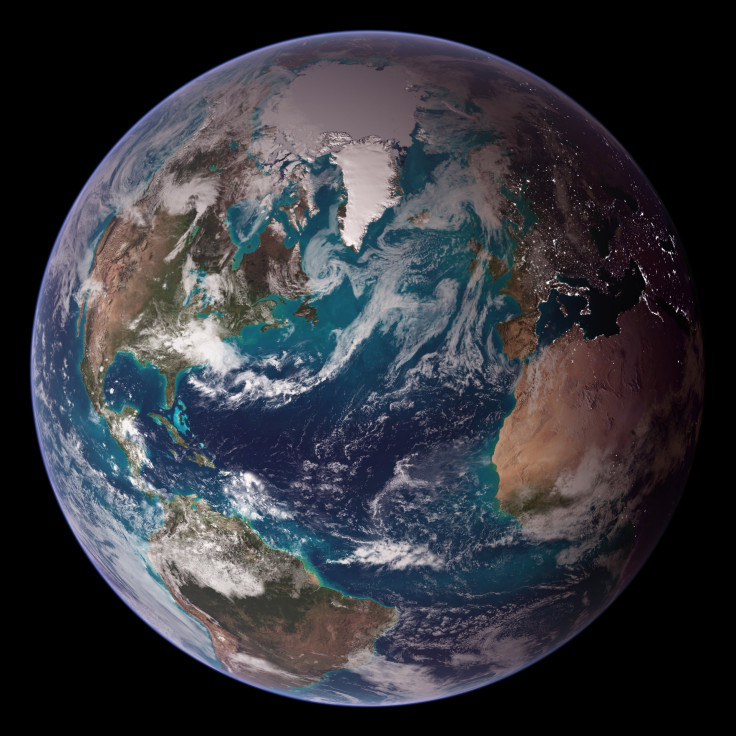
The planets in our solar system each have their own personality, with different sizes, temperatures and compositions. There are the icy worlds and the gassy ones, the scorching and the frigid. The same rule can be applied to the universe as a whole — it’s full of enormous, amazing things, like supermassive black holes and stars that rotate hundreds of times a second, but the planets offer their own flavors to the vast melting pot of existence.
Here are some of the kinds of planets and exoplanets, which are orbiting other stars, you may come across during a journey across the universe.
GAS GIANT
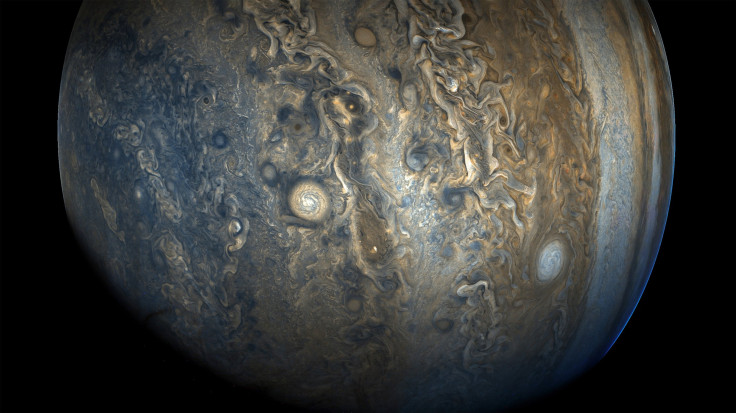
In our own solar system, these massive balls of gas include Jupiter and Saturn but they appear bountiful in the universe — at least close to their stars. Astronomers have found loads of exoplanets called hot Jupiters that are believed to have roughly the same size and composition but, rather than chilling in the outer solar system, are orbiting close to their stars and are probably scorching hot. Scientists have even discovered one that is so hot, it reflects barely any light and appears pitch black.
ICE GIANT

While gas giants have a lot of hydrogen and helium to them, ice giant planets like Uranus and Neptune are heavier — elements like nitrogen and sulfur are more crucial to their makeup. Although much about these planets remains a mystery, scientists have ideas about what is going on inside them, like one theory that they have diamond cores.
ROCKY PLANET
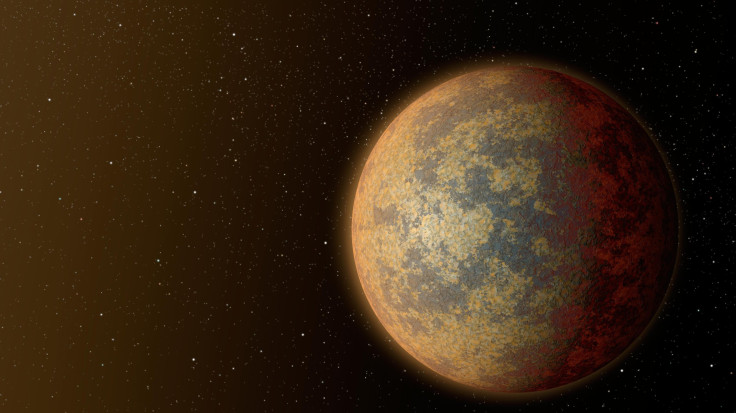
This type of planet may sound familiar, given what we live on. The category of rocky planets, also known as terrestrial planets, includes Earth, as well as Mercury, Venus and Mars in our own solar system. The interiors are made of rock and metal.
Terrestrial planets can exist in lots of different sizes. Mercury is only about one-third Earth’s size, but on the other end of the scale are exoplanets larger than our own, which could be classified as super-Earths or mega-Earths, depending upon just how huge they are.
Just because a planet is rocky, doesn’t mean it is similar to Earth and capable of supporting life. Mercury, Venus and Mars would be fairly inhospitable to humans, for example. In other solar systems, rocky planets may be too close to their stars or have other harsh conditions. How many Earth-like planets are out there is one of the biggest questions in astronomy.
WATER WORLD
Also known as ocean planets, water worlds are within the realm of terrestrial planets but they are covered in water, as their name implies. About 70 percent of Earth’s surface is water, but that’s after it has filled up all the places of low elevation in Earth’s crust, like the ocean’s deepest trenches. Planets with less varied crusts or with more water volume might appear completely submerged, with little to no land masses poking through to the top. Some researchers say it’s likely that many habitable worlds fit that description, so the aliens that would potentially be living on them would be sea creatures, rather than land animals.
ROGUE PLANET
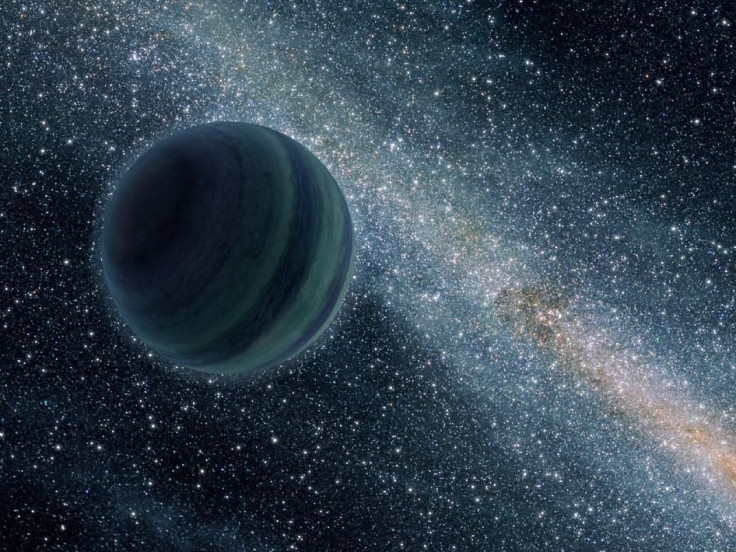
This isn’t technically a type of planet in the same sense as the other categories, which describe worlds by their makeup, but it can be considered a planetary genre. Rogue planets are also known as orphan planets and they are like the galaxy’s homeless population — they wander around without a star to orbit. In some cases, their star may have exploded in a supernova, blowing them out of their solar system. Alternatively, their solar system may have gotten too close to something else with a large gravitational pull, like another star, and were ripped out of their home.
DWARF PLANET
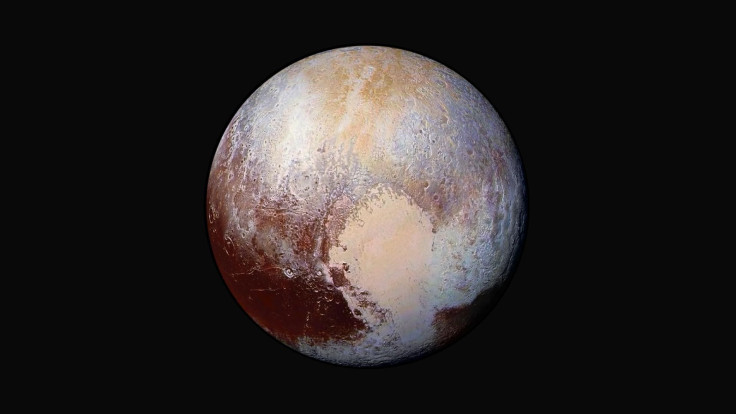
As much as we care about Pluto, dwarf planets are a cut below full planets. Even if they are large enough to become round and hold a moon — Pluto has five — their smaller size, and thus smaller gravitational force, means they have not cleared out their orbit like real planets can.
© Copyright IBTimes 2024. All rights reserved.




















